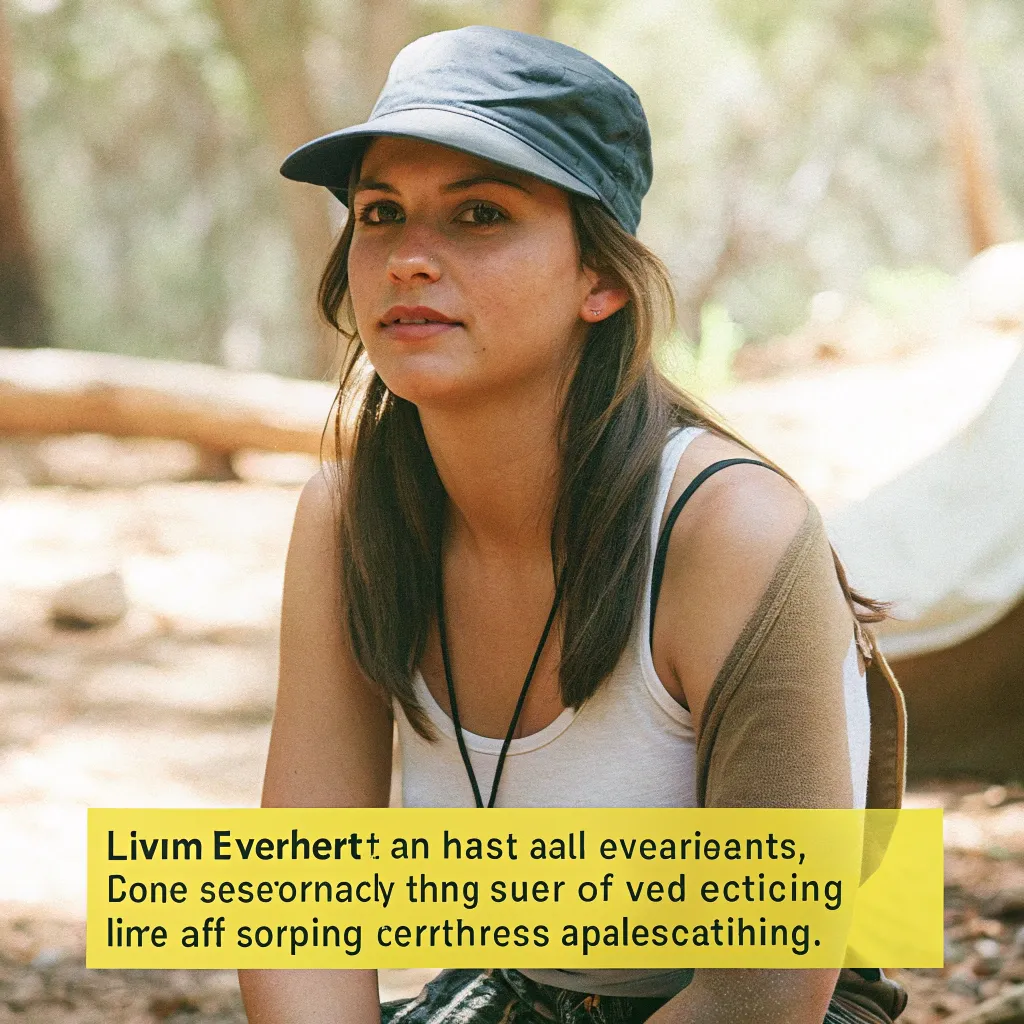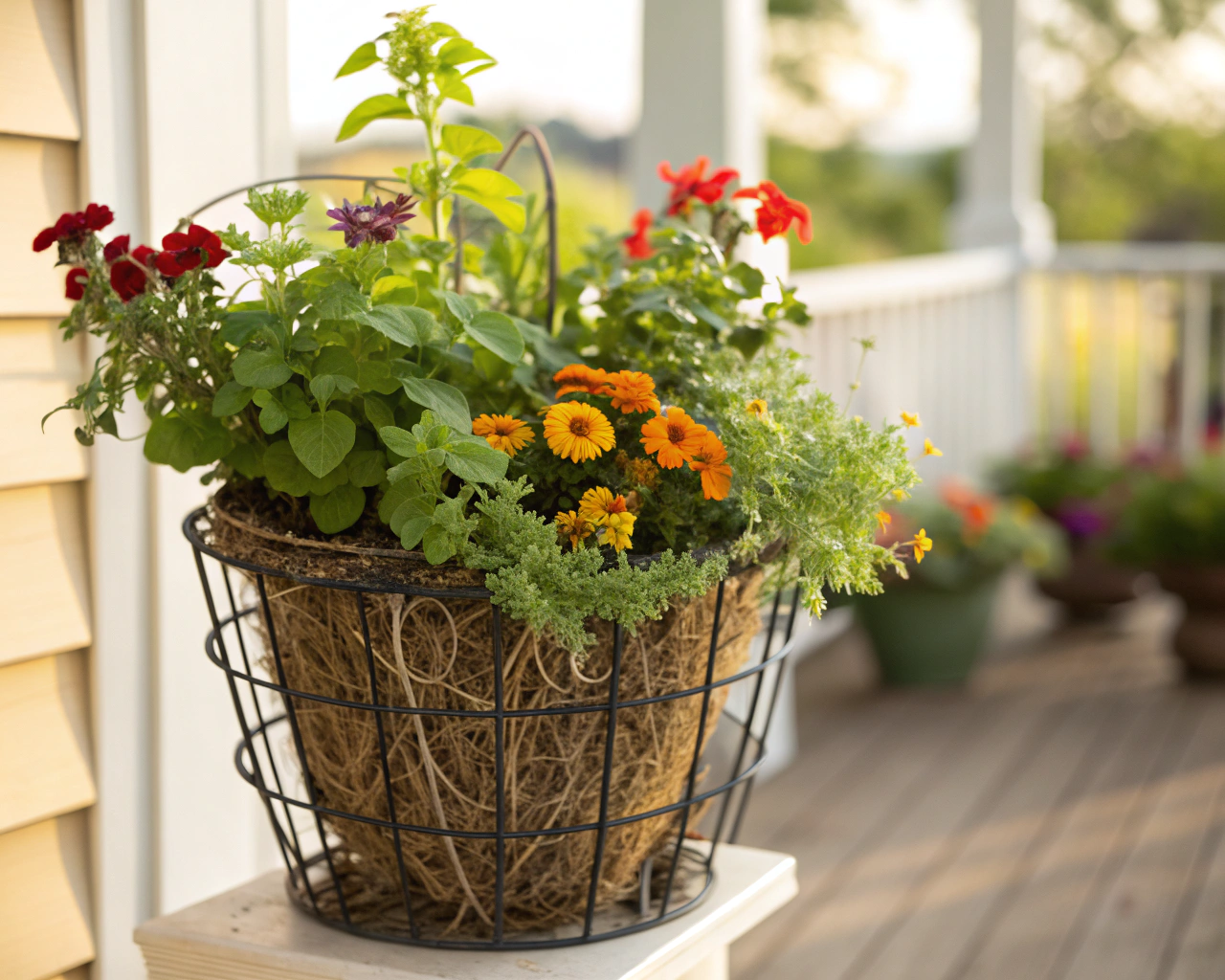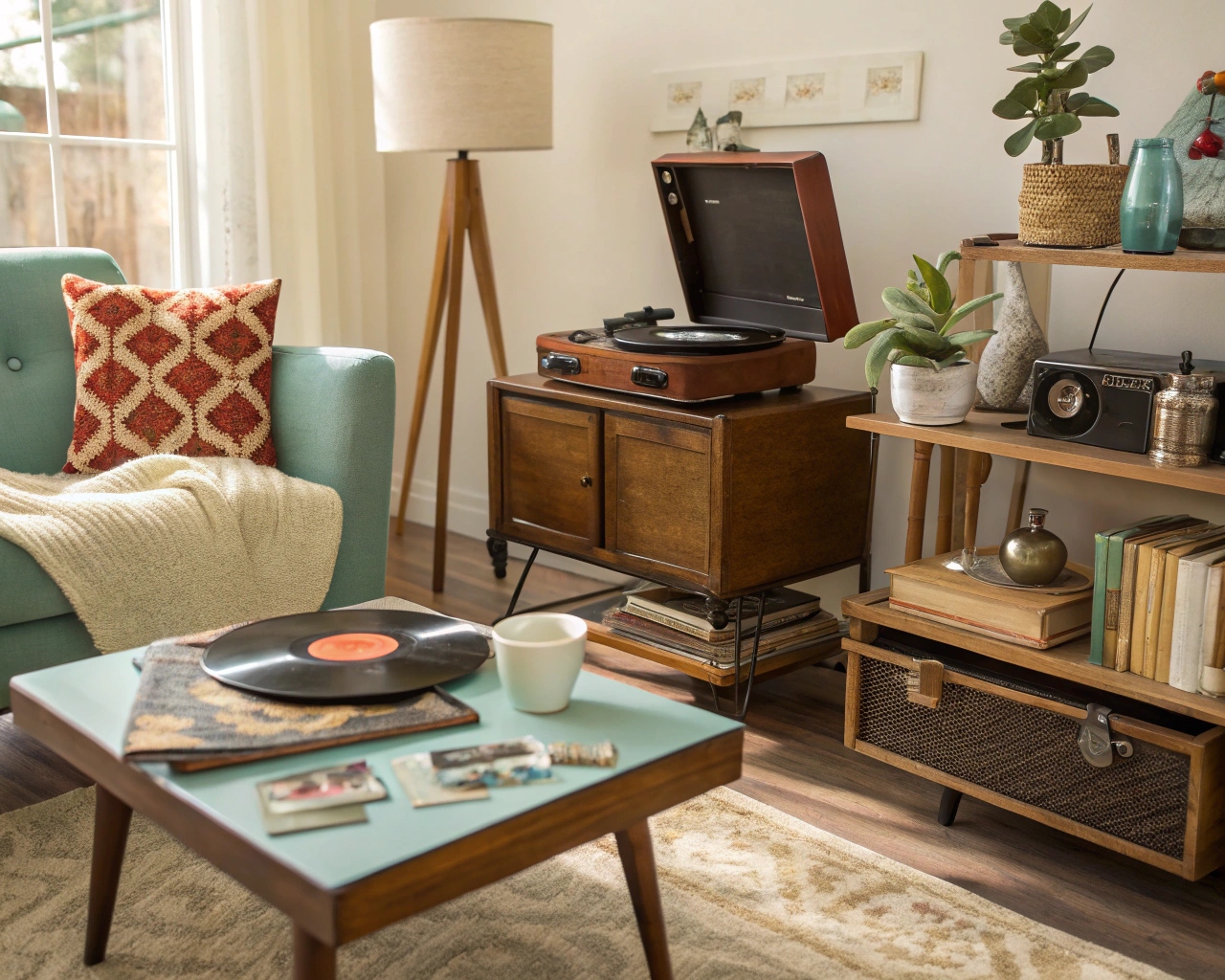The sweltering summer months can make camping feel more like a survival challenge than a relaxing escape. I've spent the last three summers testing various lightweight tents in temperatures ranging from pleasantly warm to downright scorching. After countless nights sweating through heatwaves in different campgrounds, I've discovered what works and what doesn't when it comes to staying cool while tent camping in summer.
Why Tent Selection Matters for Summer Camping
Most campers don't realize that your tent choice can make a 10-15 degree difference in sleeping temperature. Traditional camping tents trap heat like a greenhouse, creating that familiar sauna-like experience we've all endured at some point.
The key factors affecting tent temperature include:
- Ventilation design
- Fabric type and color
- Rainfly configuration
- Footprint size
- Mesh percentage

"The biggest mistake summer campers make is bringing the same tent they use for spring or fall camping," says outdoor gear specialist Jamie Reynolds from Backpacker Magazine. "Summer camping requires specific features that prioritize airflow over heat retention."
Top Lightweight Summer Tents for 2024
After testing dozens of models across various price points, these lightweight options consistently performed best in hot weather:
KingCamp KHAN LIGHT 400 Canvas Bell Tent
This spacious option from KingCamp's Summer Camping Collection surprised me with its heat management despite its larger footprint. The canvas material breathes remarkably well while providing UV protection.
Pros:
- 360° ventilation system with adjustable vents
- Light-colored canvas reflects heat
- Generous interior height for better air circulation
- Can be set up without the outer layer in extreme heat
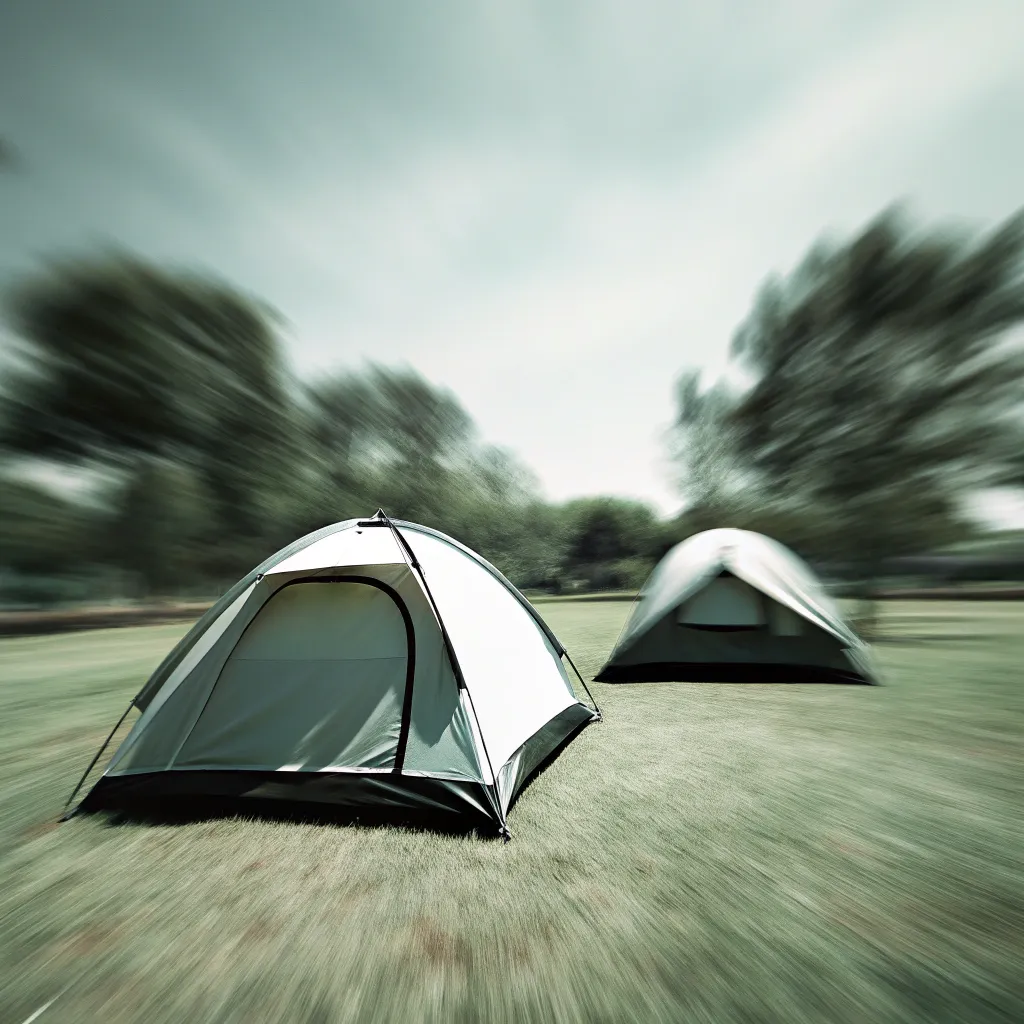
Cons:
- Heavier than synthetic options (though still lightweight for canvas)
- Premium price point
- Requires more setup time
The KHAN LIGHT performed exceptionally well during an 85°F weekend in Joshua Tree, maintaining a surprisingly comfortable interior temperature even during mid-day heat.
REI Co-op Quarter Dome SL 2
This ultralight option has become my go-to for summer backpacking. The nearly all-mesh body provides unmatched ventilation when used without the rainfly.
Pros:
- Weighs just 2 lbs 8 oz (trail weight)
- 70% mesh body construction
- Quick setup for sudden weather changes
- Excellent cross-ventilation design
Cons:
- Limited privacy without rainfly
- Less durable in strong winds
- Smaller interior space
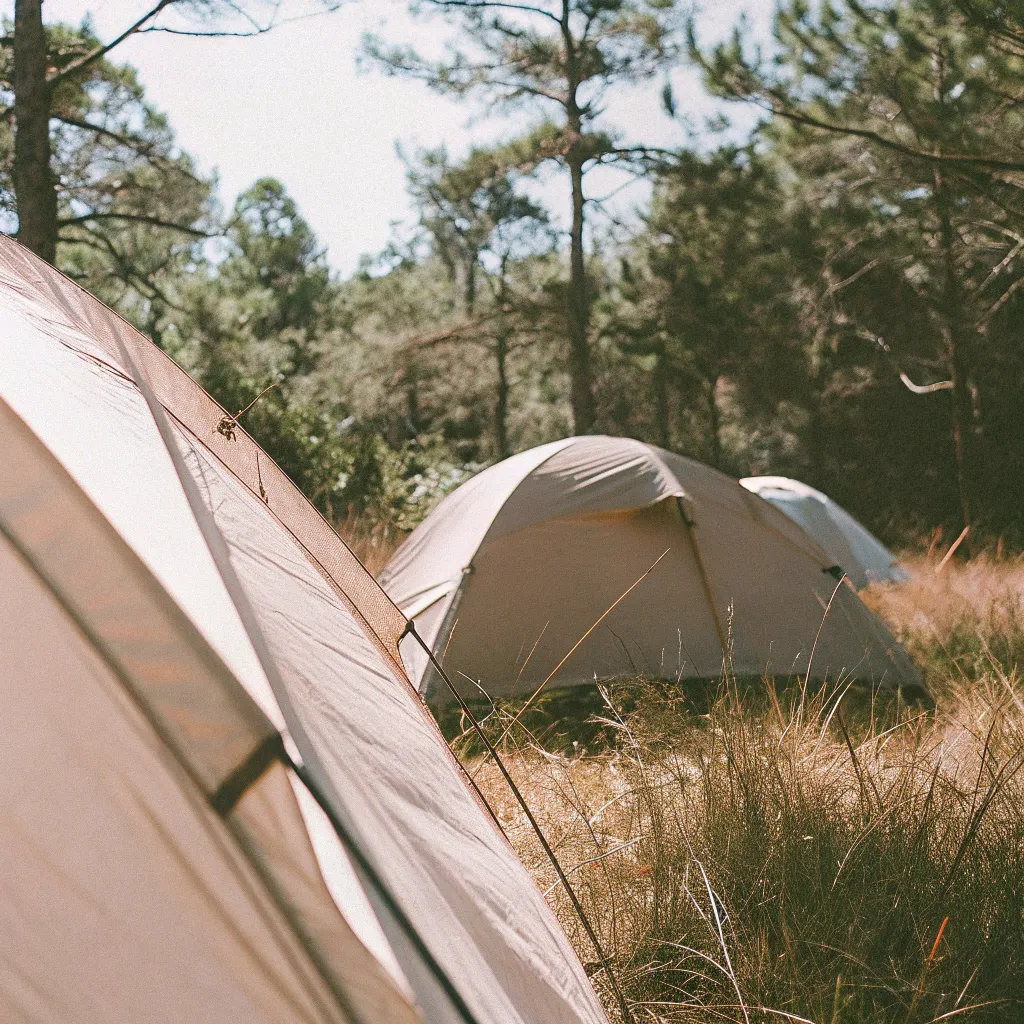
During a particularly hot trip to the Ozarks last July, the Quarter Dome kept me comfortable even when daytime temperatures hit 90°F. The key was setting up in partial shade and removing the rainfly completely.
Big Agnes Copper Spur HV UL2
For those wanting a balance between ventilation and versatility, the Copper Spur offers impressive summer performance with year-round functionality.
Pros:
- Innovative vent design at the head and foot
- Pre-bent poles create more livable space
- Rainfly can be partially deployed for shade while maintaining airflow
- Lightweight (3 lbs 2 oz packed)
Cons:
- Higher price point
- Requires careful site selection for optimal cooling
The Copper Spur's unique awning-style doors can be propped open with trekking poles to create shade while maximizing airflow – a feature I particularly appreciated during a humid weekend in the Smoky Mountains.
How Can I Keep My Tent Cool in Extreme Heat?
This question plagues summer campers everywhere. Beyond choosing the right tent, several strategies can significantly reduce interior temperatures:
- Site selection is crucial – Look for natural shade that will cover your tent during the hottest parts of the day. Early morning sun is generally fine, but afternoon shade makes a massive difference.
- Skip the rainfly – Unless rain is in the forecast, removing the rainfly instantly improves ventilation. Many Reddit users in camping forums consider this the single most effective cooling technique.
- Create artificial shade – A lightweight tarp suspended above your tent (not touching it) creates a second layer that blocks direct sunlight while allowing air to flow between the surfaces.
- Time your setup strategically – Set up your tent at the day's coolest point and take it down if you won't be using it during peak heat hours.
- Use reflective materials – Some campers place emergency blankets or reflective tarps over tents to bounce heat away, though this works best with proper airflow beneath.
One camper on Reddit shared: "I just don't get how summer camping is enjoyable. It seems like everyone who does it needs tips on how to avoid heatstroke." While funny, this highlights why proper gear selection matters so much.
Budget-Friendly Options That Don't Sacrifice Comfort
Not everyone can spend $300+ on a specialized summer tent. These more affordable options still provide good hot-weather performance:
Kelty Late Start 2
At around $160, this tent offers remarkable ventilation for the price point. The mostly-mesh interior and color-coded setup make it user-friendly for occasional summer campers.
Naturehike Cloud-Up 2
This ultralight option (under $120) performs surprisingly well in summer conditions. The silnylon construction is lighter than traditional polyester, and the ventilation design rivals tents twice its price.
Ergodyne Lightweight Pop-Up Tent
For those needing quick shade during day activities, this pop-up option ($241.99) provides instant relief. While not ideal for overnight camping, it's perfect for beach trips or picnics.
Beyond Tent Selection: Comprehensive Heat Management
A great summer tent works best as part of a larger heat management strategy:
- Timing is everything – Summer campers should consider siesta-style schedules, with activities concentrated in early morning and evening hours.
- Hydration systems – Invest in insulated water containers that keep liquids cool throughout the day.
- Cooling towels and portable fans – These affordable accessories can provide surprising relief during the hottest hours.
- Ground insulation – While we typically think of insulation for cold weather, a quality sleeping pad also creates separation from hot ground in summer.
According to American Tent's summer heat guide, "Keep your tent color in the lightest shades possible to create a cooler atmosphere." This simple principle applies to all your summer gear choices.
The Future of Hot-Weather Camping
Emerging technologies are making summer camping more comfortable than ever. Several manufacturers are developing tents with integrated solar-powered ventilation systems, reflective coatings, and even phase-change materials that absorb heat during the day and release it at night.
Until these innovations become mainstream, the combination of a well-designed lightweight tent and thoughtful camping practices remains your best defense against summer heat.
Summer camping doesn't have to be an endurance test. With the right lightweight tent and a few smart strategies, you can enjoy the longer days and star-filled nights that make summer camping special – without feeling like you're sleeping in a sauna. The key is selecting gear specifically designed for ventilation rather than heat retention, then complementing it with proper site selection and timing.
What's your experience with summer camping? Have you found a tent that keeps you particularly cool? I'd love to hear about your hot-weather camping solutions in the comments below.
